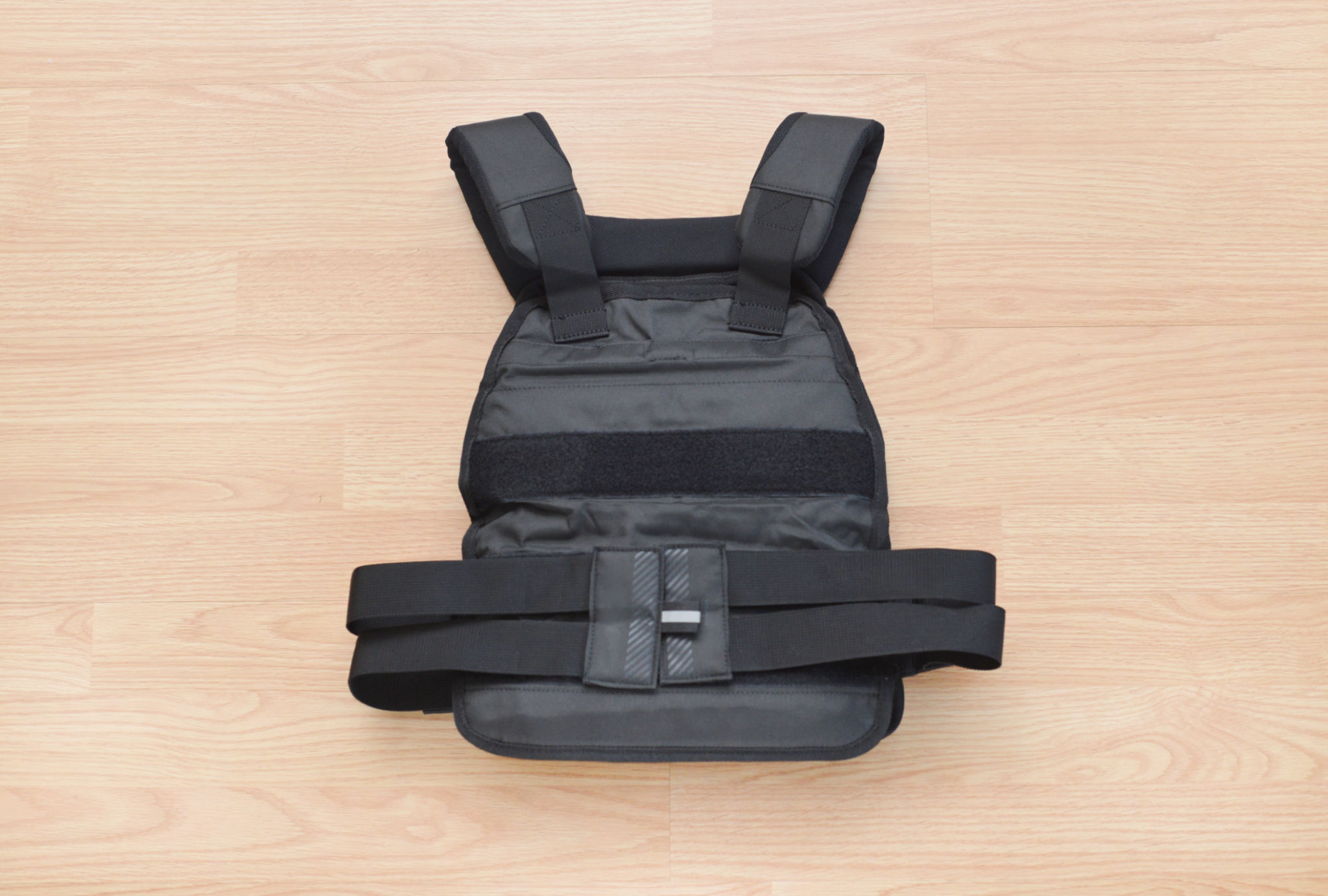DIY Graphic Design: Tips for Non-Designers
Understanding Basic Design Principles
When diving into the world of DIY graphic design, it's crucial to start with a solid understanding of basic design principles. Concepts such as balance, contrast, alignment, repetition, and proximity are fundamental in creating visually appealing designs. By mastering these basics, even non-designers can produce professional-looking graphics.
Balance refers to the distribution of visual weight within a design. It's important to make sure elements are evenly distributed to create a harmonious layout. Contrast helps in making certain parts of your design stand out, while alignment ensures that all elements are cohesively organized.

Choosing the Right Tools
In today's digital age, there is a plethora of tools available for beginners venturing into graphic design. Free tools like Canva, GIMP, and Pixlr offer user-friendly interfaces with a wide array of templates and resources for creating stunning graphics without any design background. These tools provide an easy way to experiment and learn through practice.
For those who want to take a step further, Adobe Spark and Figma offer more advanced features while remaining accessible for non-designers. These platforms are great for those looking to refine their skills and produce high-quality designs.

Color Theory and Typography
Understanding color theory is vital in creating designs that evoke the right emotions and convey the intended message. Color schemes such as complementary, analogous, and triadic can greatly impact the aesthetic appeal of your work. Tools like Adobe Color can help in selecting harmonious color palettes.
Typography is another key element in graphic design. Choosing the right font can define the tone of your design. It's advisable to limit your typography choices to two or three fonts to maintain consistency and readability.
Utilizing Templates and Resources
One of the best ways to ease into DIY graphic design is by utilizing templates and online resources. Websites like Canva provide thousands of customizable templates that cater to various design needs, from social media posts to business cards.

Additionally, stock photo websites and icon libraries offer a wide selection of images and icons that can be integrated into your designs to enhance their impact. Make sure to choose high-quality and relevant images that align with your brand's message.
Practice and Experimentation
Like any other skill, mastering graphic design requires practice and experimentation. Don't be afraid to try different styles, layouts, and color combinations. Over time, you'll develop a keen eye for what works and what doesn't.
Seek feedback from peers or online communities to improve your designs further. Constructive criticism can be incredibly valuable in honing your design skills and boosting your confidence as a non-designer.

Conclusion: Embrace Your Creativity
DIY graphic design is an empowering journey for non-designers. With the right tools, knowledge, and a willingness to learn, anyone can create visually striking graphics. Embrace your creativity, experiment with different ideas, and enjoy the process of bringing your vision to life through design.
Remember, the goal is not perfection but rather creating effective designs that communicate your message clearly and beautifully. So, dive in, explore, and let your creativity shine!
